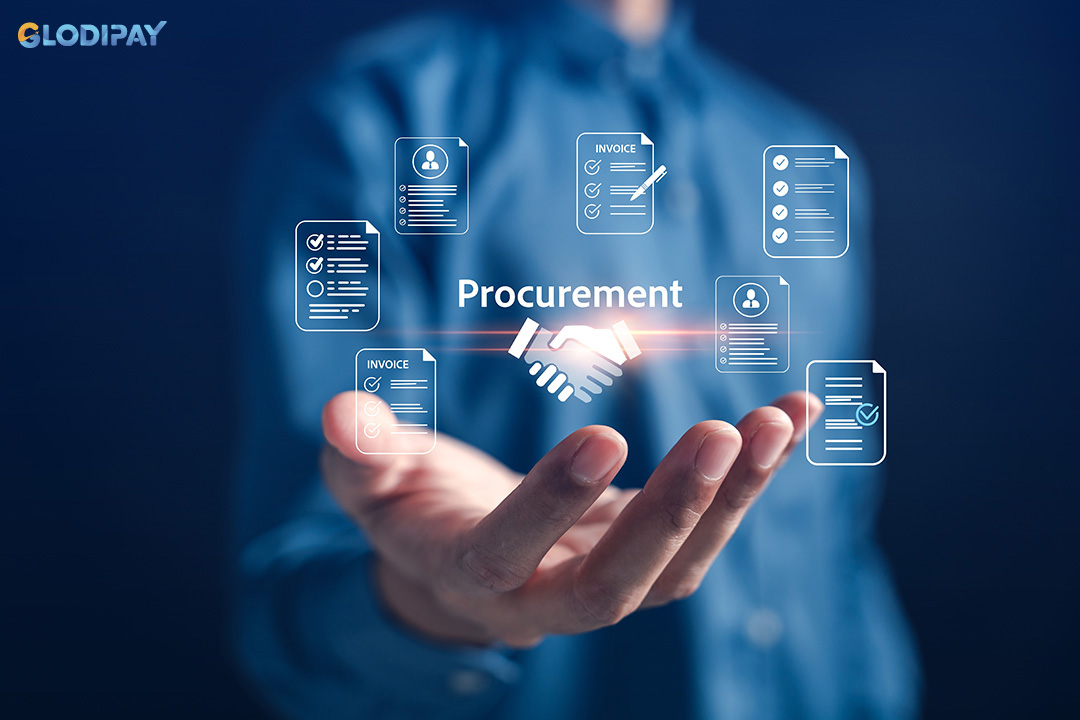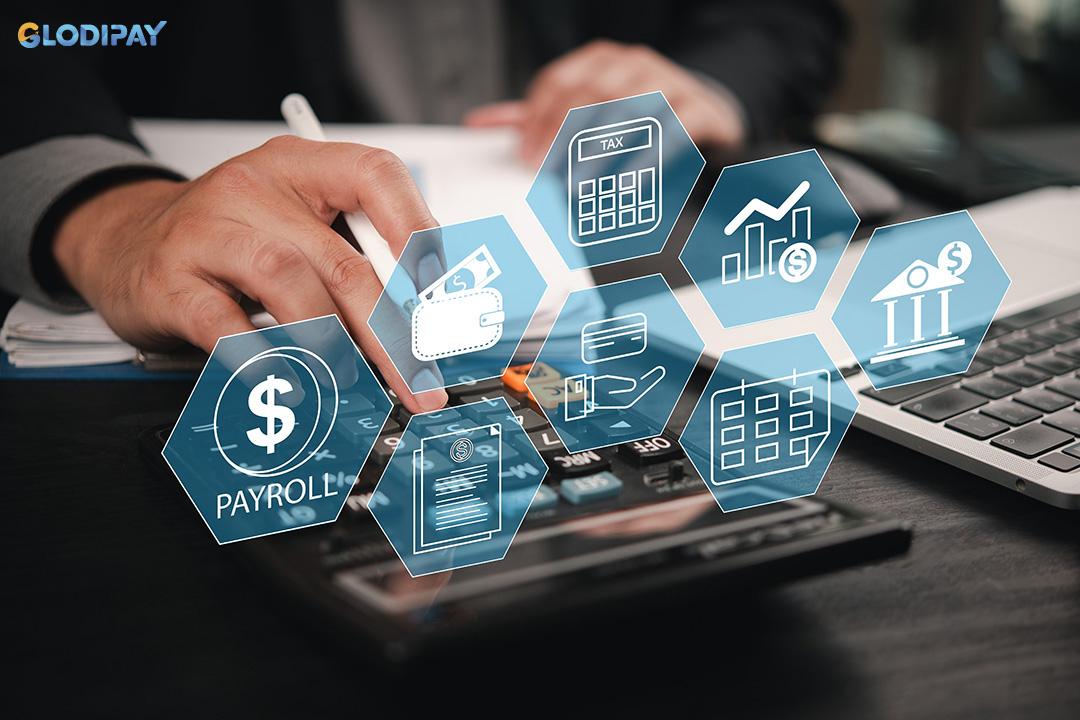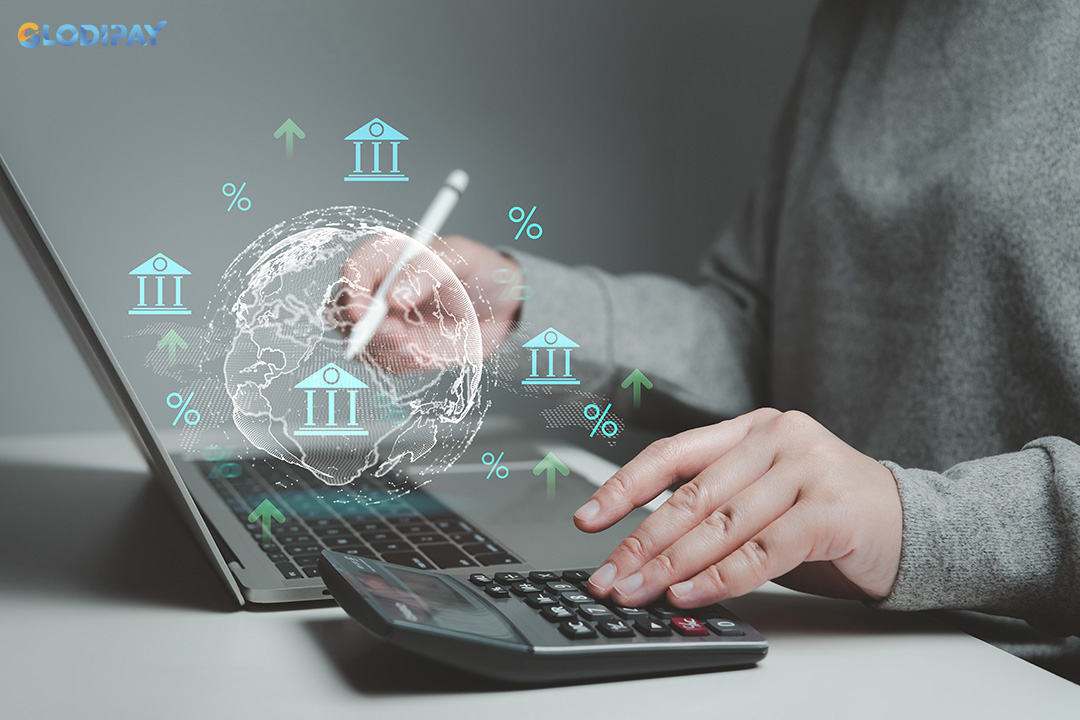Next-generation innovations in high-risk payment processing are reshaping how global businesses manage transactions. With the rapid growth of technology, new solutions are focused on security and aim to optimize speed, transparency, and user experience. These advancements help businesses minimize financial risks while building sustainable trust with customers. In an increasingly competitive landscape, adopting next-generation technology in high-risk payment processing has become a strategic factor for long-term growth.
Why does high-risk payment processing need innovation?
In industries such as e-commerce, travel, financial services, or sectors with high chargeback rates, high-risk payment processing has always been a major challenge. Businesses face numerous difficulties, most notably the rising fraud rate, as card abuse and phishing attacks become more sophisticated and harder to manage with traditional methods.
In addition, operating costs are high due to the need to maintain multiple layers of control, manual approval processes, and continuous monitoring systems that limit efficiency. Customer experience also suffers when verification is too complex or slow, leading users to abandon transactions or switch brands.
These barriers reduce revenue and directly impact a company’s reputation and competitiveness. That is why the demand for next-generation solutions in high-risk payment processing has become increasingly urgent, solutions that are both secure and intelligent, balancing safety, speed, and user experience.

High-risk payment processing faces rising fraud, high costs, and poor user experience, driving urgent demand for next-generation secure and intelligent solutions
Technological innovations in high-risk payment processing
Next-generation innovations in high-risk payment processing focus on integrating advanced technologies to enhance safety, speed, and user experience.
Applying AI, machine learning, and blockchain
Artificial intelligence (AI) and machine learning have opened up new approaches to transaction screening. Instead of relying solely on manual rules, systems can analyze behaviors to detect anomalies in real time. They can also automatically optimize models, reducing errors and minimizing the blocking of legitimate transactions.
Meanwhile, blockchain brings transparency and data immutability, making transactions resistant to tampering and easier to verify. Common applications include cross-border record management, chargeback fraud prevention, and integrating smart contracts to automate payment workflows.

AI and blockchain are transforming transaction screening with real-time anomaly detection, automated optimization, and transparent, tamper-proof verification
Multi-layer security and user experience
To counter increasingly sophisticated risks, multi-layer security has become foundational. Biometrics (such as fingerprint, facial recognition, and voice) combined with multi-factor authentication (MFA) and advanced encryption algorithms, including AES and SHA-3, provide a robust shield for sensitive data.
However, these innovations extend beyond security, also aiming to improve the customer experience. Seamless authentication, user-friendly interfaces, and personalization based on transaction data analysis make payment processes smoother and more efficient.
Big data, automation, and global compliance
Big data has become a strategic tool for predicting trends, detecting emerging fraud patterns, supporting faster decision-making, and ensuring compliance. When combined with automation and robotic process automation (RPA), transaction reviews can be completed in seconds. This reduces operating costs while still controlling thousands of high-risk payments simultaneously.
Finally, global compliance capability is another key highlight. Next-generation solutions help businesses meet KYC, AML, and PCI DSS standards while seamlessly expanding into multiple markets. They strike the right balance between safety, efficiency, and competitiveness.

Big data, automation, and global compliance empower high-risk payment processing with faster reviews, lower costs, and stronger security across markets
Future trends in high-risk payment processing
In the near future, innovations in high-risk payment processing will continue to evolve in several key directions, blending modern fintech with advanced security models. Notable trends include:
Digital currency payments: The adoption of stablecoins and central bank digital currencies (CBDCs) will become inevitable. Unlike volatile cryptocurrencies, stablecoins and CBDCs provide value stability, making transactions safer and reducing exchange rate risks. They also serve as a foundation for faster and more transparent cross-border payment systems.
Real-time behavioral analysis: Each transaction will no longer be limited to basic information checks but will be evaluated instantly based on user behavior. Big data analytics combined with AI will monitor device usage patterns, transaction habits, locations, and frequency to detect anomalies within seconds. This enables fraud prevention before a transaction is completed, rather than addressing consequences afterward.
Fraud data-sharing networks: As fraud becomes increasingly global, businesses and organizations can no longer defend themselves in isolation. A new trend is the creation of interconnected networks, where financial institutions and payment providers share risk data. When fraud is detected by one party, the information is immediately shared across the network, creating a collective defense that effectively prevents financial crime.

Future trends in high-risk payment processing include digital currencies, real-time behavioral analysis, and global fraud data-sharing networks for stronger protection
GLODIPAY - A standout solution in high-risk payment innovation
Among next-generation solutions, GLODIPAY stands out with its ability to support over 173 countries. It offers multi-currency and diverse payment methods for both businesses and global customers. The platform ensures fast approval while maintaining transaction safety through advanced 3D Secure technology, preventing fraud and delivering a seamless payment experience.
Notably, GLODIPAY focuses on industries with higher risk levels, such as AI, travel, and e-learning. In these sectors, businesses often face complex challenges related to chargebacks, disputes, and customer verification. With its comprehensive approach, GLODIPAY helps businesses minimize risks and build a solid foundation for scaling international transactions.

GLODIPAY supports 173+ countries with multi-currency payments, strict KYC, and 3D Secure, helping high-risk industries minimize fraud and scale globally
Next-generation innovations in high-risk payment processing are ushering in a new era where security, speed, and customer experience are harmoniously balanced. Businesses can reduce risks, cut costs, and build stronger customer trust. Looking ahead, the integration of AI, blockchain, big data, and automation will become the pillars of every payment solution, ensuring safety, transparency, and efficiency in the high-risk transaction landscape. Contact GLODIPAY today to discover how these innovations can empower your business.

